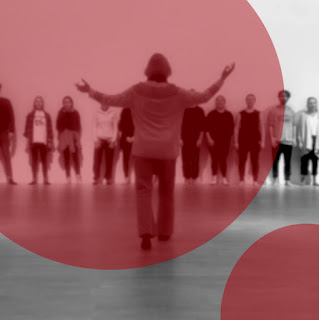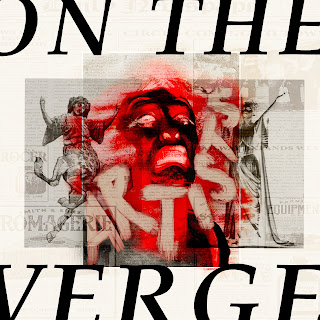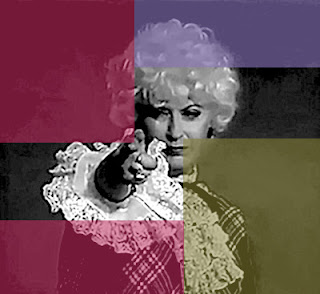Three Questions I’m Asking About Theater, These Days
At the end of June, I was at the Conservatoire National Supérieur de Musique et de Danse de Lyon pitching a project called A Voice in an Empty Space, the title of which is a rather on-the-nose nod to Peter Brook’s 1968 book An Empty Space which is, from what I understand, required reading for most theater students, particularly directors. I pitched the project as one meant to explore “the voice as a vehicle of drama” and, more importantly, an experiment in working with singers in a way akin to how choreographers might work with dancers – think Pina Bausch, an important figure of Tanztheater, who once asked her dancers in the beginning stages of a project to each come up with six movements expressing that their shoes were too small. This is not totally unprecedented for singers of contemporary music; when I studied at the Cage Haus in Halberstadt, I went to a talk by singer Lucy Dhegrae, founder of Resonant Bodies Festival, who said she simply wasn’t interested in working on projects in...




